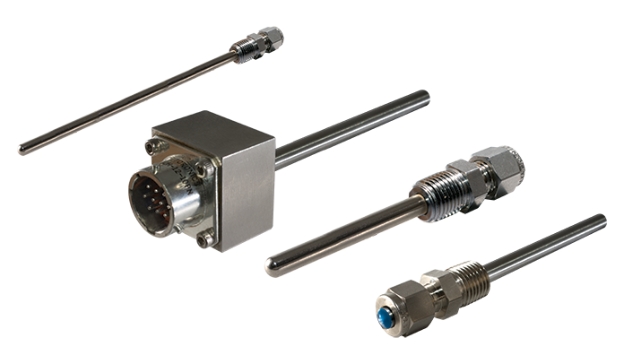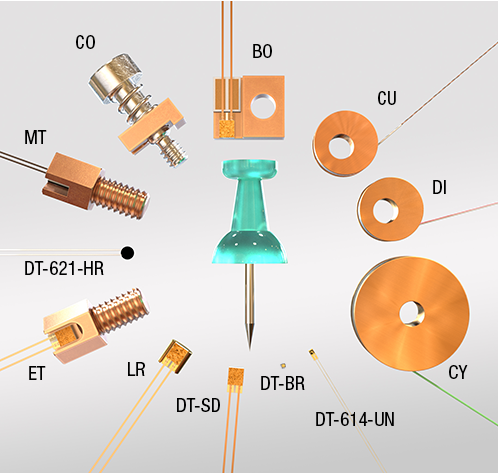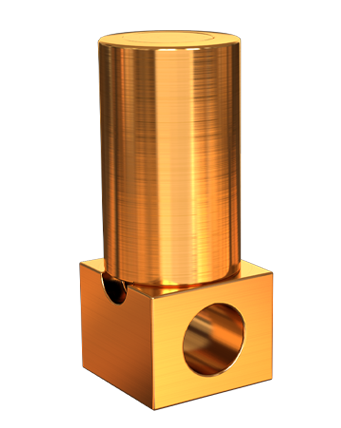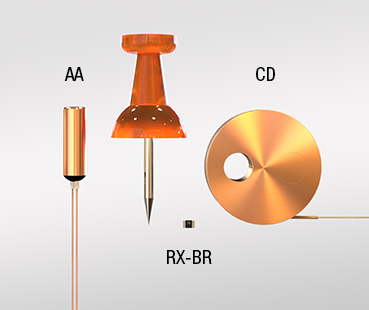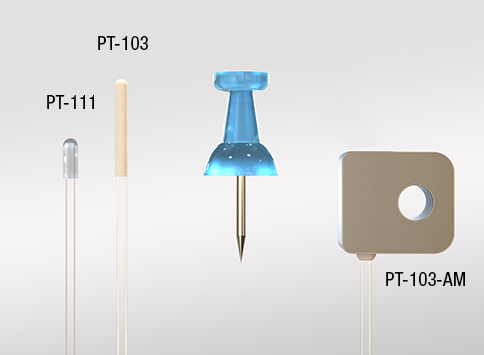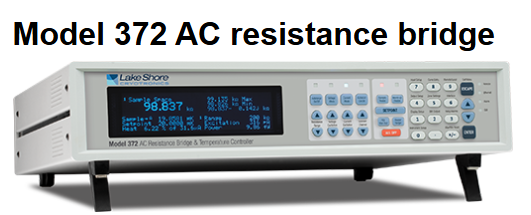Purchasing Office in USA!

For USA brands, Direct shipping from USA to worldwide destination!
Product Detail
ORTEC Model 550A Single-Channel Analyzer
Category:
▶ ORTEC/AMETEK
keyWord:
ORTEC Model 550A Single-Channel Analyzer
Describe:
550A Single Channel Analyzer
Contact us
Description
http://www.jinstartech.com/
General Attributes:
ORTEC Model 550A very good price
- Ideal for selecting a range of pulse amplitudes from a spectroscopy amplifier for counting on a ratemeter or counter/timer
- Provides the excellent stability, resolution, and dynamic range demanded by high-resolution detectors
- Four operating modes:
Integral
Normal (independent upper and lower levels)
Asymmetric window
Symmetric window - DC-coupled for high counting rates
- SCA output generated when the input signal falls below the lower level
The ORTEC Model 550A Single-Channel Analyzer is ideally suited for selecting a range of output pulse amplitudes from a spectroscopy amplifier for subsequent counting on a ratemeter or a counter/timer. It provides the excellent stability, resolution, and dynamic range needed for measurements with high-resolution germanium and silicon detectors. These same features provide more than adequate performance with scintillation counters, proportional counters, and ionization chambers. The entire instrument is dc-coupled to ensure that the discriminator levels are not affected by changes in the counting rate, even at very high counting rates.
The versatility of the Model 550A is enhanced by four basic operating modes. In the INTEGRAL mode, all input pulse amplitudes above the lower level produce an SCA output logic pulse. This mode is useful for counting all pulses above the noise level, or above a well-defined lower amplitude limit. The INTEGRAL mode can also be used for leading edge timing, or pulse routing logic. In the NORMAL mode, the upper- and lower-level discriminators are independently variable over the full +20 mV to +10 V range. The SCA output is generated only for pulse amplitudes that occur between the upper and lower levels. This mode is useful when a wide range of pulse heights must be selected for counting. In the ASYMMETRIC WINDOW mode, the upper-level dial becomes a window width control with a 0 to +1 V range. The lower-level dial controls the lower limit of the window over a +20 mV to +10 V range. Pulse amplitudes between the upper and lower limits of the window produce an SCA output. This mode is useful when a narrow range of pulse heights must be selected. In the SYMMETRIC WINDOW mode, the upper-level dial still controls the window width over the range of 0 to +1 V, but the lower-level dial sets the position of the center of the window over a range of +20 mV to +10 V. The SYMMETRIC WINDOW mode is useful when the window has been centered on a peak in the spectrum and it is desirable to widen (or narrow) the window to accept more (or less) of the peak width.
Rear-panel connectors provide separate outputs for the upper- and lower-level discriminators. These logic outputs are generated at the instant the input signal exceeds the corresponding discriminator level. The SCA output logic pulse is generated when the input signal falls through the lower-level threshold.
An external input for the lower-level setting is switch selectable to allow recording the entire pulse-height spectrum utilizing a scanning technique. A narrow window is selected, and an external voltage source is employed to slowly scan the lower level through the 0 to 10 V range. A ratemeter counts the SCA output and draws the spectrum on a strip chart recorder.
Specifications


Next
next
Related products
